Geysers and hot springs are natural features resulting when ground water is heated by geothermal forces and brought to the surface. They provide a spectacular sight of boiling water eruptions, vivid colors and strange formations.
However, for the hot spring aficionado, the greatest pleasure comes not from just looking at the spring, but from getting into the water for its therapeutic powers. Find out which of the famous geysers and hot springs on this list are for viewing and which are for bathing.
12. Beppu
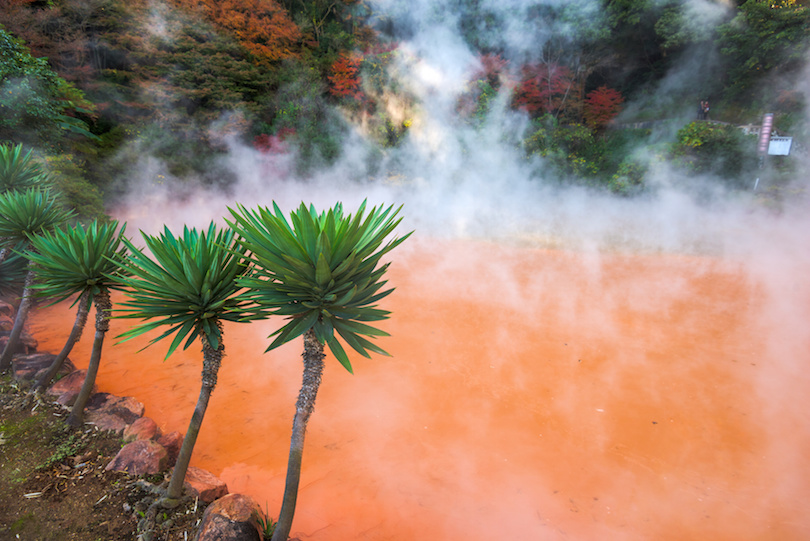
Beppu is one of Japan’s most famous hot spring resorts with the largest volume of hot water in the world apart from Yellowstone in the United States and the largest number of hot spring sources in Japan.
Beppu contains 9 nine spectacular hot springs, which are sometimes referred to as the “nine hells of Beppu”, and are for viewing rather than bathing. The most photogenic of the nine hells is the “Blood Pond Hell” featuring a pond of hot, red water.
11. Rincon de la Vieja
Rincón de la Vieja is an active volcano in north-western Costa Rica. Its name means “The Old Woman’s Corner”, a reference to a local legend about a girl whose lover was thrown into the crater by her father. The last serious eruption was in 1983.
Large number of hot springs and areas of bubbling mud are found on the slopes of the volcano. The mud has minerals and medicinal properties used in cosmetology.
10. Valley of Geysers
Situated on the Kamchatka Peninsula in the Russian Far East, the Valley of Geysers is the second largest geyser field in the world. The Valley of Geysers was discovered in 1941 by local scientist Tatyana Ustinova. Since then it became a popular tourist attraction in Kamchatka.
The Valley of Geysers has suffered significantly from a landslide in 2007 which buried about half of all geysers. Nevertheless, the Valley is still alive and attracts a lot of interest from scientists and tourists.
9. El Tatio
El Tatio is a famous geyser field situated within the Andes Mountains of northern Chile at a height of 4,300 meters (13,780 feet). The climatic conditions and high altitude make the geyser field one of the most extreme environments on Earth.
With over 80 active geysers, El Tatio is also the largest geyser field in the southern hemisphere and the third largest field in the world. Despite the icy cold weather many visitors take a dip in the hot springs.
8. Rotorua
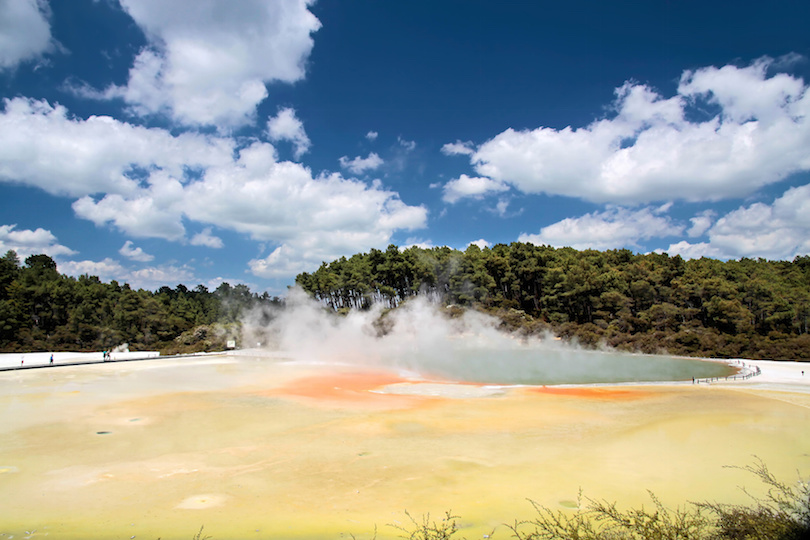
Rotorua sits on the shores of Lake Rotorua of New Zealand. It is known as the thermal wonderland of New Zealand. There are numerous geysers and hot springs in and around the city. Many of these are in parks and reserves.
Natural eruptions of steam, hot water and mud occasionally occur in new locations. Nearby Wai-O-Tapu has many famous hot springs noted for their colourful appearance, in addition to the Lady Knox Geyser.
7. Huanglong
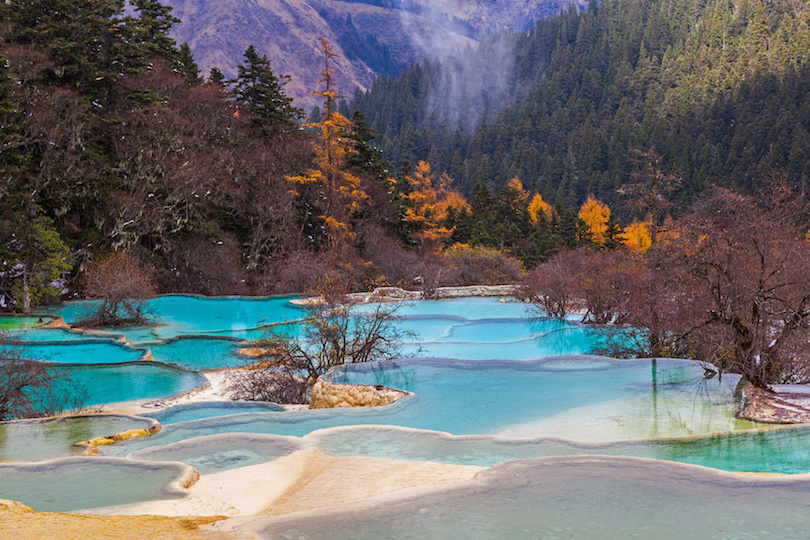
Huanglong (Yellow Dragon Mountain ) is an area in central China known for its colorful pools formed by calcite deposits, as well as diverse forest ecosystems, snowcapped peaks, hot springs and waterfalls. Huanglong is also home to many endangered species including the famous Giant Panda.
Pearl Boiling Lake, a hot, medical, mineral spring with a temperature of at 21°C is located at the south part of Huanglong. The best time of year to visit the terraced limestone ponds is September and October when blue, yellow, white and green ponds can be seen.
6. Geysers of Haukadalur
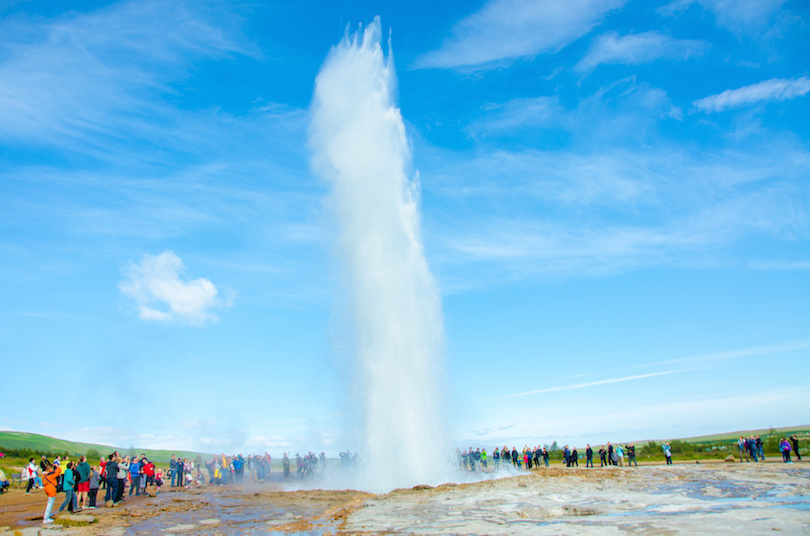
Haukadalur is a valley that contains the largest and most famous Geysers in Iceland, including Geysir and Strokkur. Geysir is the earliest geyser known to Europeans and gave rise to the word Geyser. Eruptions at Geysir can hurl boiling water up to 70 meters in the air.
Eruptions may be infrequent however, and have in the past stopped altogether for years at a time. At the moment Geysir erupts around 3 times per day. Strokkur, which is less than 50 meters from Geysir erupts every 10 minutes or so.
5. Pamukkale

Pamukkale, meaning “cotton castle” in Turkish, is an unreal landscape famous for its white terraces. The terraces are made of travertine, a sedimentary rock deposited by water with a very high mineral content from the hot springs.
People have bathed in its pools for thousands of years and continue to be one of top attractions in Turkey. The ancient Greek city of Hierapolis was built on top of the hot springs by the kings of Pergamon. The ruins of the baths, temples and other Greek monuments can be seen at the site.
4. Jigokudani Monkey Park
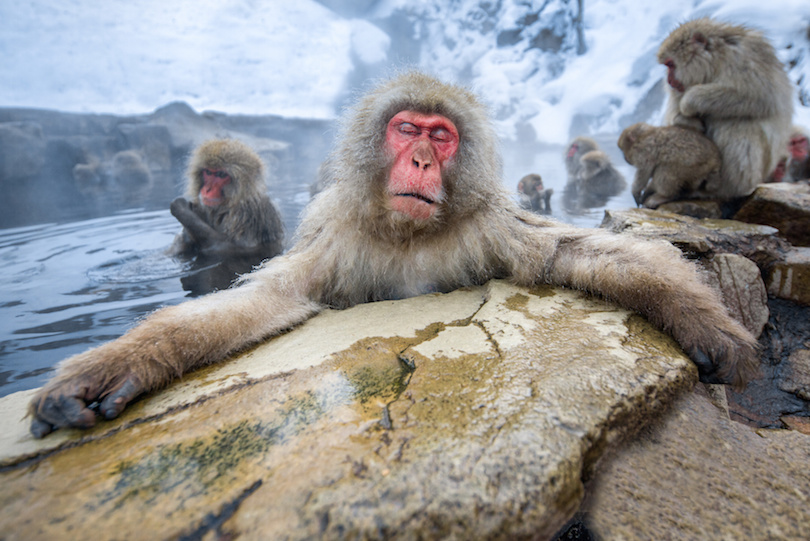
Jigokudani Monkey Park is a famous hot spring area near Nagano, Japan. The name Jigokudani (meaning “Hell’s Valley”), is due to steam and boiling water that bubbles out the frozen ground, surrounded by steep cliffs and formidably cold and hostile forests.
It is famous for its large population of wild Snow Monkeys that go to the valley during the winter when snow covers the park. The monkeys descend from the steep cliffs and forest to sit in the warm waters of the onsen (hot springs), and return to the security of the forests in the evenings.
3. Dallol
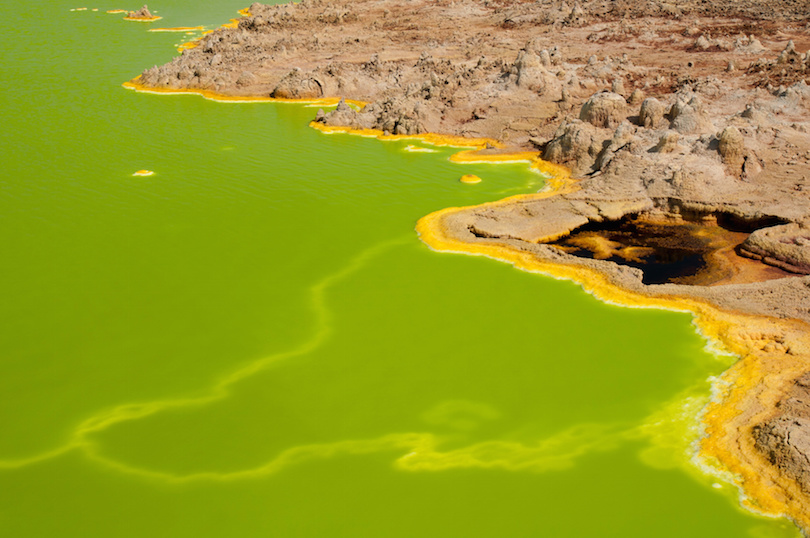
Dallol is a volcanic explosion crater in the Danakil Depression, in Ethiopia. It was formed during a volcanic eruption in 1926, and numerous other similar craters dot the salt flats nearby.
This remote area is subject to the highest average temperatures on the planet with an average annual temperature of 34°C (94°F) recorded between the years 1960 and 1966. Dallol resembles the famous hot springs areas of Yellowstone Park but appears to be more wide-stretching.
2. Blue Lagoon
Blue Lagoon is a Geothermal Spa located in a lava field between Keflavik Internation Airport and Reykjavik in southwestern Iceland. The lagoon is a byproduct of the nearby geothermal power plant. Superheated water is vented from the ground near a lava flow and used to run turbines that generate electricity.
After going through the turbines, the hot water passes through a heat exchanger to provide heat for a municipal hot water heating system and is finally fed into the lagoon. The warm waters are rich in minerals and bathing in the Blue Lagoon is reputed to help many people suffering from skin diseases. The water temperature in the bathing and swimming area of the lagoon averages 40 °C (104 °F) and is enjoyable year round, even in freezing conditions.
1. Yellowstone
Yellowstone National Park was the world’s first national park, set aside in 1872 to preserve the vast number of geysers, hot springs, and other thermal areas, as well as to protect the incredible wildlife and rugged beauty of the area. Yellowstone lies on top of a gigantic hotspot where light, hot, molten mantle rock rises towards the surface.
Subsequently, the park contains half of all the world’s known geothermal features, with more than 10,000 examples of geysers and hot springs. Over the past 17 million years or so, this hotspot has generated a succession of violent eruptions including a dozen or so super eruptions. The last full-scale eruption of the Yellowstone volcano happened nearly 640,000 years ago.

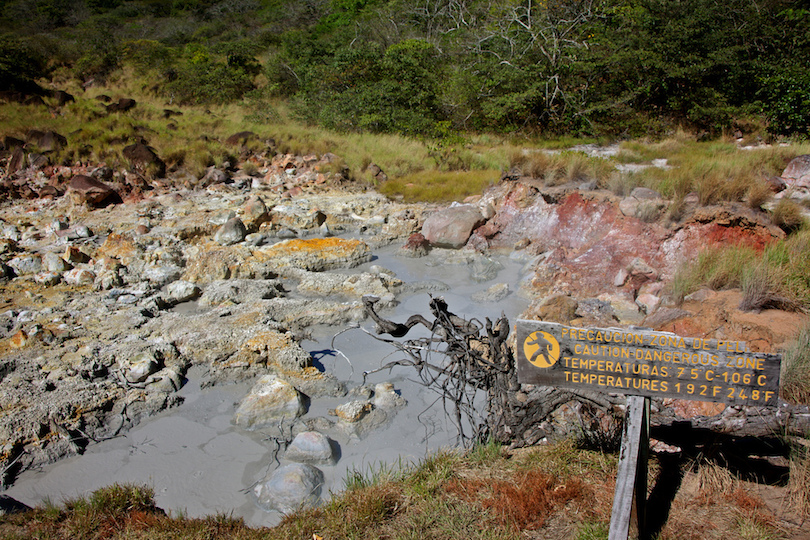
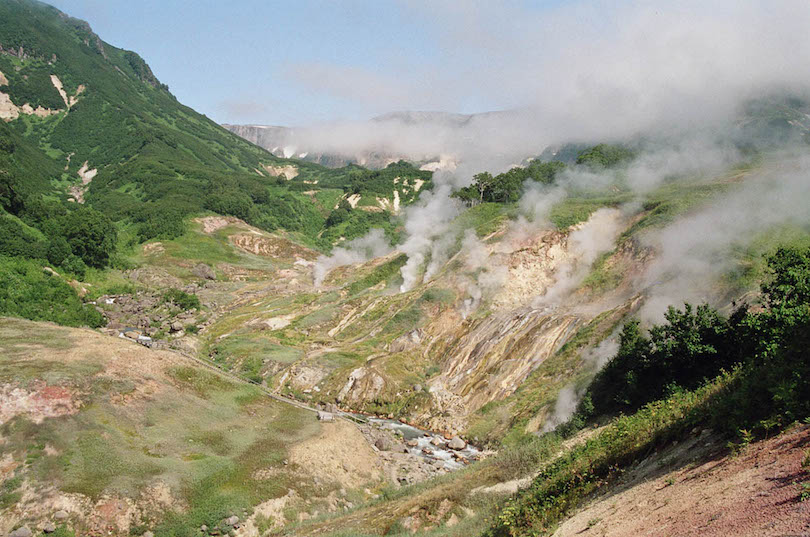
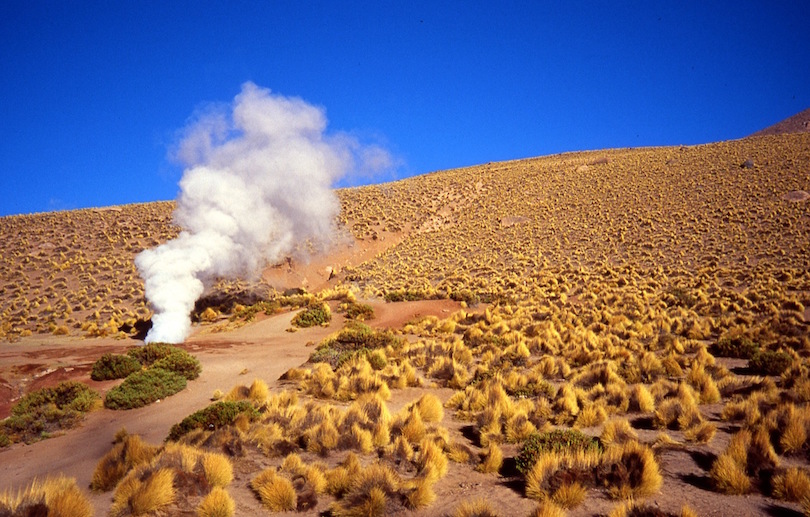
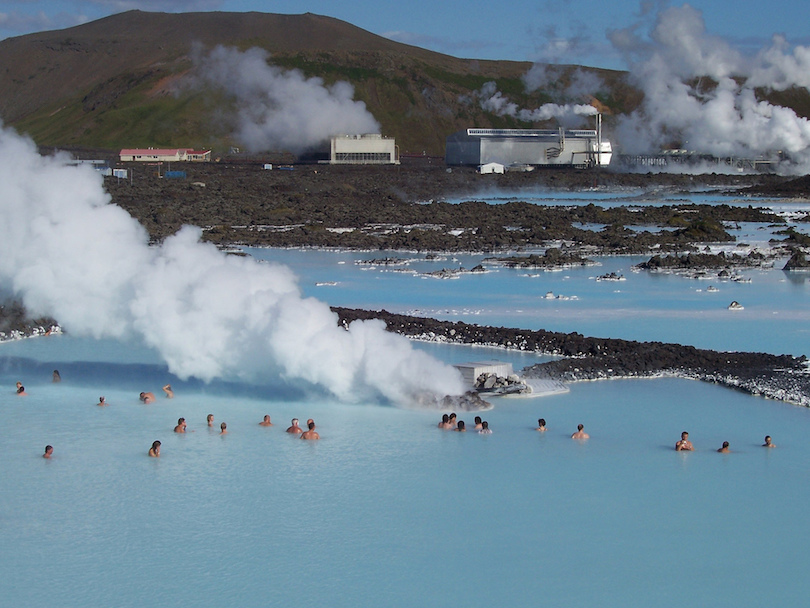
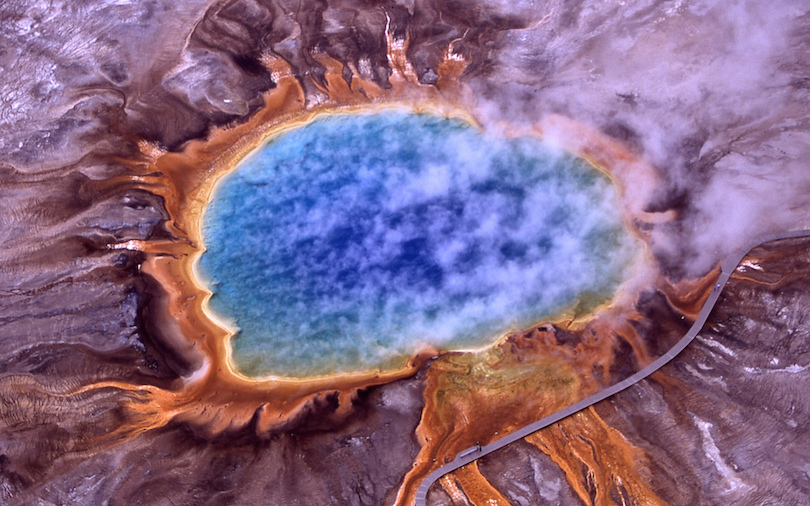
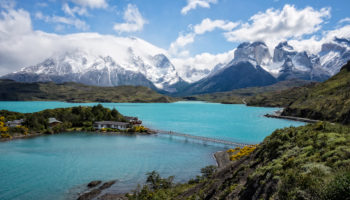
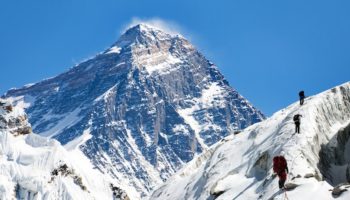


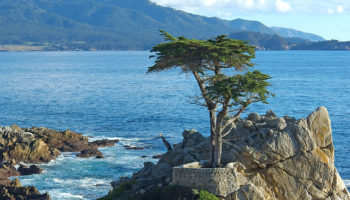
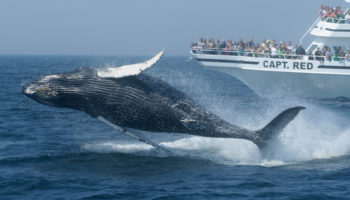
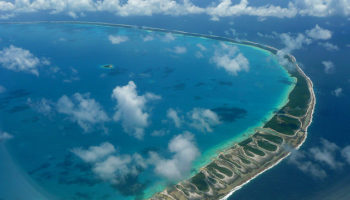
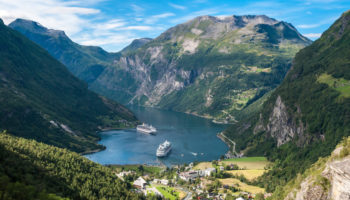
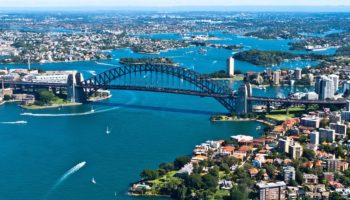
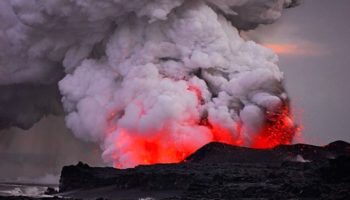
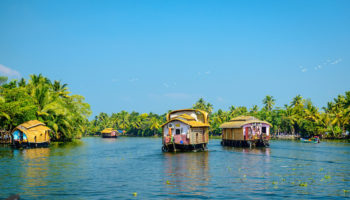
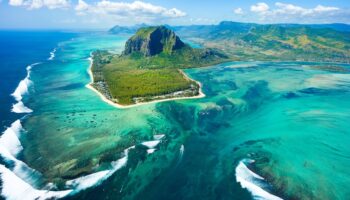
Great article! I knew all of them except the Dallol one. This is very impressive and weird, but the ones that have really captured my attention for years have are The Great Geysir in Iceland due to its magnificence and the Waimangu Geyser in New Zeland, located near Rotorua, being this last one the most powerful geyser in the world.
Hi, great list! Including the Blue Lagoon in Iceland as no.2 is not fair though, as it is not natural but totally man-made. It could be duplicated just about anywhere in Iceland!
Loved the one with the monkeys in Japan! 🙂
And we agree that Yellowstone is definitely no.1!